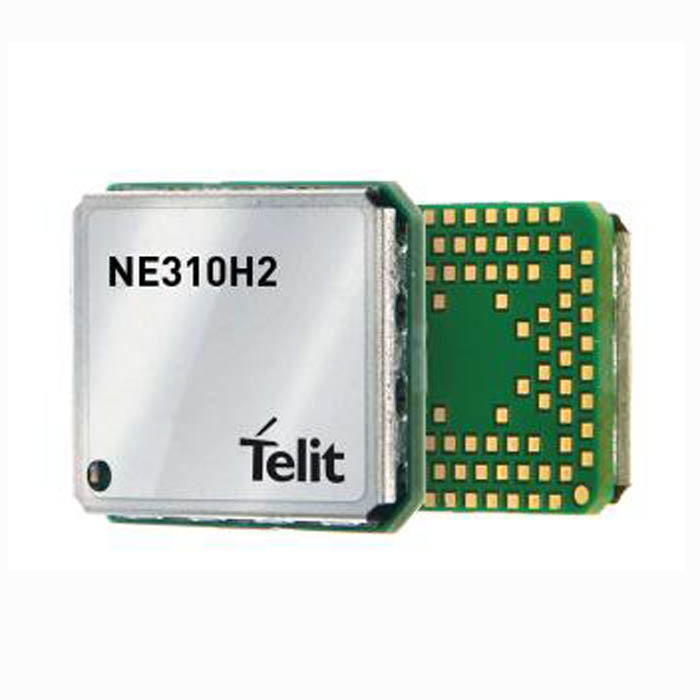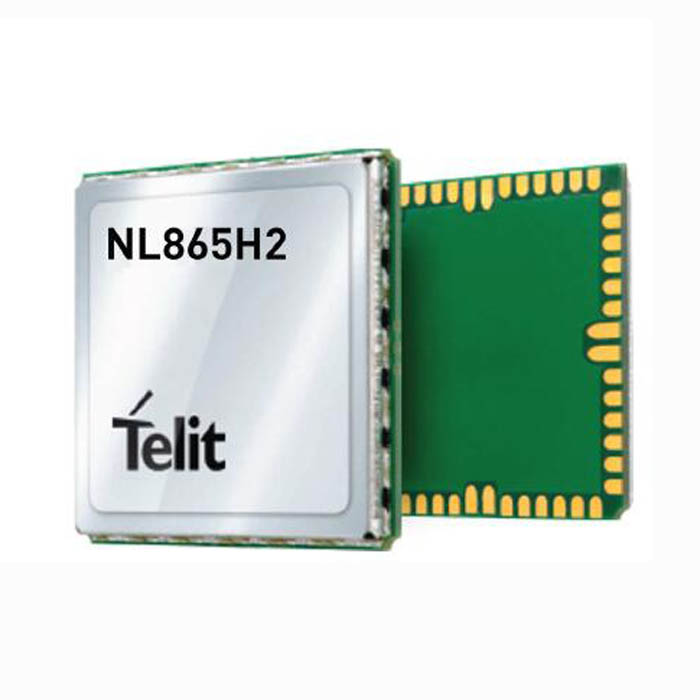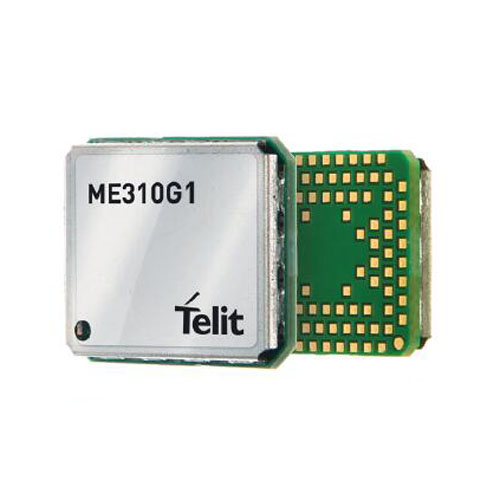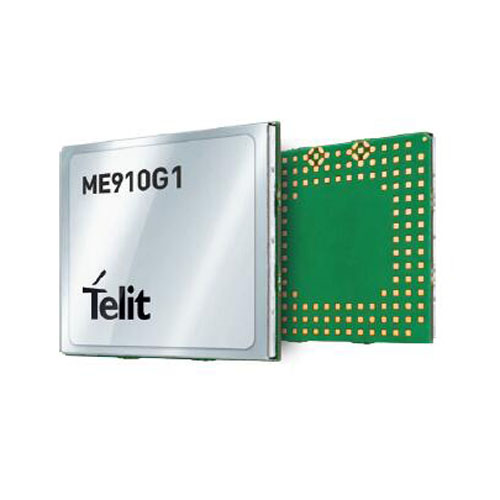Following a policy of product continuity, Telit recently accounced two new Narrow Band-IoT modules to the Telit portfolio, the NE310H2-W1 and NL865H2-W1. The launch of the two NB-IoT module NE310H2-W1 and NL865H2-W1 will address some of the major challenges OEMs, integrators and device designers have been facing. With a global set of bands from Telit unified family form factors, the LTE NB-IoT modules are ideal for 2G to 4G NB-IoT transition and offer the lowest power consumption for battery-driven applications that will help optimize cost. In addition to extending coverage for ubiquitous connectivity, use cases include smart metering for electricity, gas and water, smart city applications, smart agriculture and almost any type of industrial sensor or mass-deployment application—all of which benefit from low power and enhanced coverage without high data rate requirements.
With its 15x18mm LGA form factor, Telit NE310H2-W1 is perfect for size-constrained applications with low power consumption, pin-to-pin compatible with 2G and LTE-M modules of the miniature Telit xE310 Family. Optimized for ease-of-design, high yield and low-cost manufacturing, this module is compliant to 3GPP Release 14 Cat NB2. The NE310H2 is also backward compatible with 3GPP Release 13 and LTE Cat NB1 standard.
Telit NE310H2-W1 Specifications:
- Category: LTE UE Category NB2 (200 KHz)
- Target market: Worldwide
- Support 4G LTE Bands: B1, B2, B3, B4, B5, B8, B12, B13, B18, B19, B20, B25, B26, B28, B66, B71, B85
- 3GPP release 14 compliant
- Half Duplex FDD
- Single Rx, single antenna
- 3GPP Rel. 12 Power Saving Mode(PSM)
- 3GPP Rel. 13 Extended Discontinuous Reception (eDRX)
- 3GPP Rel. 13 Extended coverage
- 3GPP Rel.13 Release Assistance feature
- Control via AT commands according to 3GPP TS27.005, 27.007
- SMS over NB-IoT
- IPv4/IPv6 stack with TCP and UDP protocol
- TLS / DTLS
- OMA Lightweight M2M (LWM2M)
- Over-the-Air firmware update
With its well-known and widely deployed 24.4×24.4mm VQFN form factor, Telit NL865H2-W1 guarantees a smooth evolution for all those customers that want to upgrade and future proof their devices based on Telit 2G and 3G xL865 module, with limited redesign effort and optional built-in eSIM available for the NL865H2-W1 for connectivity integrated in the module. It is also LTE UE Category NB2 compliant to the latest 3GPP Release 14.
Telit NL865H2-W1 Specifications:
- Category: LTE UE Category NB2 (200 KHz)
- Target market: Worldwide
- Support 4G LTE Bands: B1, B2, B3, B4, B5, B8, B12, B13, B18, B19, B20, B25, B26, B28, B66, B71, B85
- 3GPP release 14 compliant
- Half Duplex FDD
- Single Rx, single antenna
- 3GPP Rel. 12 Power Saving Mode(PSM)
- 3GPP Rel. 13 Extended Discontinuous Reception (eDRX)
- 3GPP Rel. 13 Extended coverage
- 3GPP Rel.13 Release Assistance feature
- Control via AT commands according to 3GPP TS27.005, 27.007
- SMS over NB-IoT
- IPv4/IPv6 stack with TCP and UDP protocol
- TLS / DTLS
- OMA Lightweight M2M (LWM2M)
- Over-the-Air firmware update
According to Telit official sayings, the two Telit NB-IoT modules will be available in 2020 Q1.



